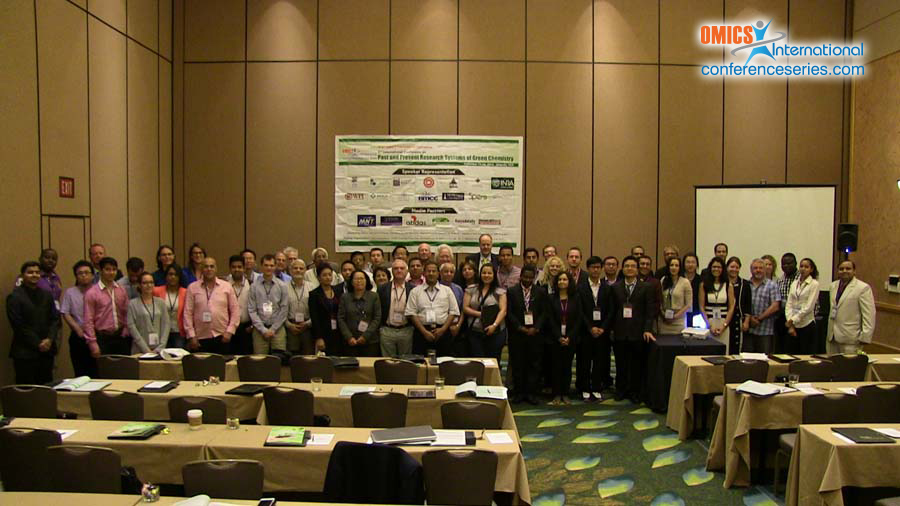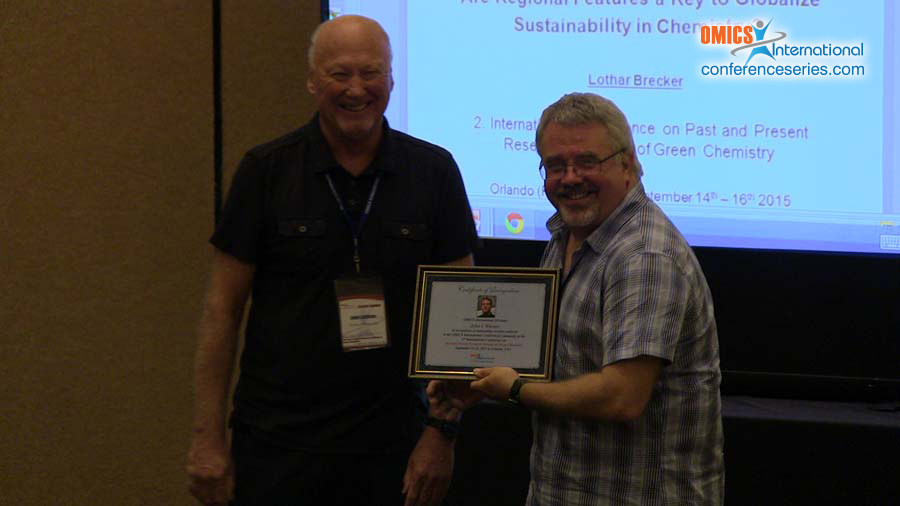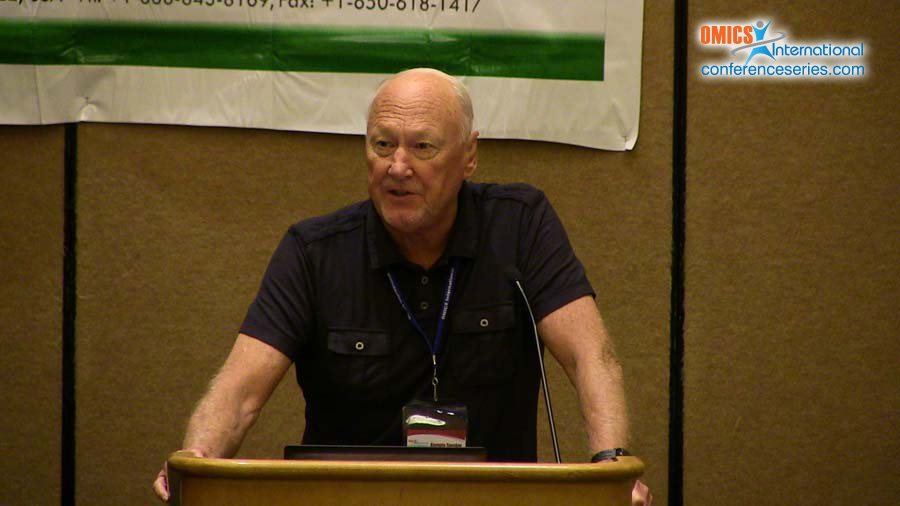
John Littleton
University of Kentucky, USA
Title: Evolving plant cells to function as green pharmaceutical factories
Biography
Biography: John Littleton
Abstract
Plants are capable of synthesizing bioactive compounds with a complexity beyond current chemical synthesis. The pathways to these metabolites have evolved over millennia because they confer a survival advantage on individuals within the plant species. For example, many bioactive metabolites have evolved to be targeted on key proteins in the nervous system of herbivorous insects, so that ingestion of plant material disables the insect. Individuals with mutations that favor the production of this metabolite therefore survive and reproduce, because they are less likely to be eaten by the insect. This Darwinian evolution by natural selection has strong parallels with pharmaceutical R & D in which combinatorial chemical synthesis (CCS) is used to “evolve†a library of compounds toward a key therapeutic target protein, with “selection†by high throughput pharmacological screening (HTPS) for activity at this target. If we could persuade plants to redirect their extraordinary biosynthetic capacity toward target proteins that are valuable to us rather than to the plant, then plants might once again become important players in pharmaceutical R & D. This is theoretically simple. First we express our therapeutic target protein in plant cells and devise a procedure in which these transgenic cells will survive if they are producing metabolites which have the required activity on the target. This is our (un)natural selection pressure, which also mimics selection for target activity by HTPS. Then we create a population of the transgenic cells with random gain-of-function mutations (mimicking a CCS library) and expose them to the unnatural selection pressure. Those mutant transgenic cells which survive should therefore be highly enriched in individuals that are over-producing metabolites with the required activity at the therapeutic target protein. Some of these will be normally present in the wild-type plant but, because random gain-of-function mutagenesis can switch on genes which are normally quiescent, some of the active metabolites will probably be “novelâ€. If so, this “target-directed evolution†of plant biosynthesis will have generated novel medicinal plant cells with unique mutations that result in a specific pharmacological phenotype. This provides protection of IP in several different products in addition to novel active compounds. Thus, the mutant cells themselves can become production systems for active metabolites that are too complex for synthesis, and the genes which have been activated can be identified and used for genetic engineering of the same or other plant species. So far, proof of concept studies have successfully used several different plant species transformed with target proteins including human nuclear receptors, enzymes and transporter proteins. One of these, the generation of metabolites which inhibit the human dopamine transporter in mutant Lobelia cultures, will be discussed in detail later. This technology is therefore capable of “telling†plant cells to biosynthesize metabolites with activity at specific therapeutic target proteins. It has the great advantage of accessing the whole genomic / biosynthetic potential of a plant species. It qualifies as green chemistry in requiring only the normal chemical constituents of plant cell culture medium as the starting materials.
Speaker Presentations
Speaker PPTs Click Here



